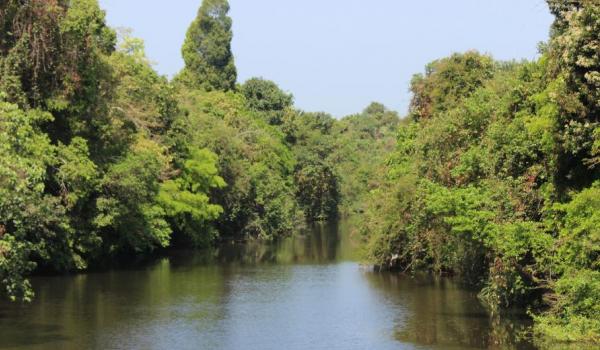UN Body Seeks India-Bhutan-Nepal Plan To Save Biodiversity In Himalayas

Guhati — Five years from now, if a massive bio-diversity project in the Northeast develops the way the United Nations Environment Programme (UNEP) has planned, Assam’s Manas Biosphere Reserve will be linked to the Kanchenjunga Biosphere Reserve spread across Sikkim and Bengal, creating a lush green paradise that covers over 30,000 square kilometres and includes forest land in Bhutan and Nepal. Should the project be successful, it could be a game-changer in attempts to conserve the wildlife of the eastern Himalayas, NDTV writes.
Starting next year, a massive trans-border conservation programme, powered by local communities from India, Bhutan and Nepal, will be launched. The trans-boundary landscapes of these three countries contains a stunning array of animals and plants, including majestic creatures like the tiger; the proposed project is expected to place an emphasis on cross-country cooperation to protect India’s national animal from poaching and wildlife trafficking.
“UNEP is working closely with the governments of India, Nepal and Bhutan to move beyond joint patrol of forest reserves. The focus is to create a knowledge base, share best practices and encourage better management of park landscapes from in India to Nepal” Adam Hodge, UNEP Regional Information Officer (Asia-Pacific) told NDTV.
The goal of the project is also to enhance the involvement of local communities; wildlife conservation across the world relies on the help of locals, for whom the forests and jungles are sources of livelihood and can therefore be persuaded to aid in its protection.

















Facebook Comments